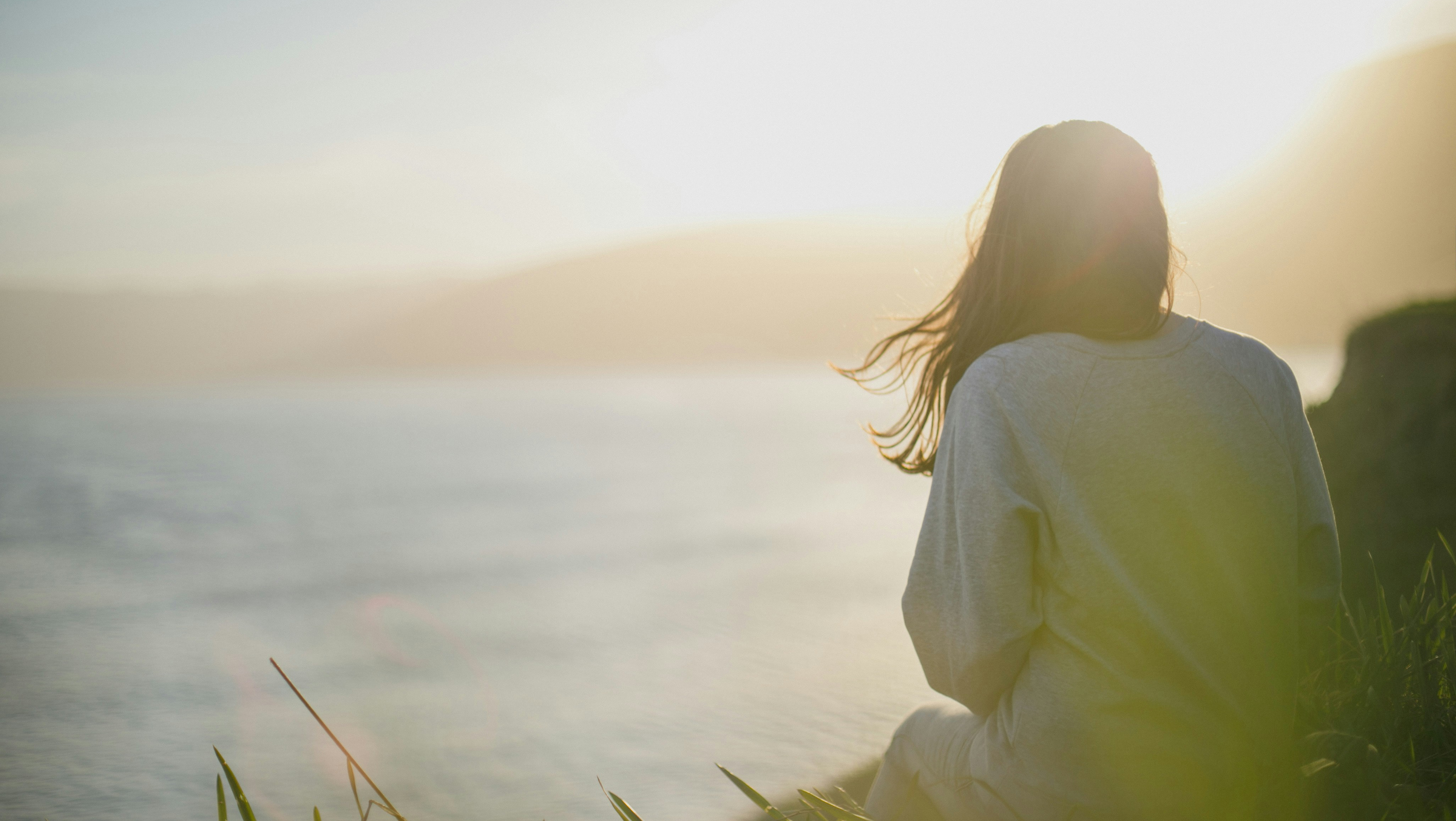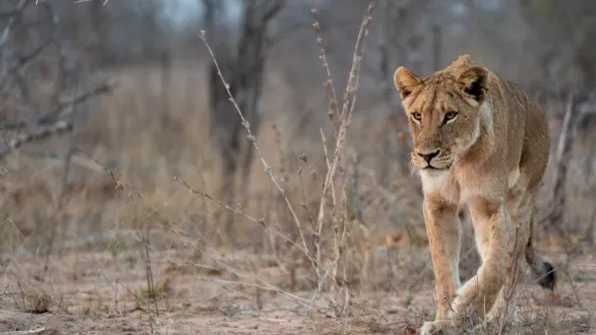A life long dream came true during 2023. Anyone who knows me well will know that seeing gorillas in Rwanda has been one of my top bucket list items for years. And in 2023 the opportunity of a lifetime presented itself and I was invited to present at ICCB in Kigali. I won’t lie that it took me a moment or two to gather my senses (and emotions) before the news sunk in.
Rwanda is nestled right below the equator and is so aptly nicknamed the Land of a Thousand Hills. It becomes quickly apparent that Rwanda’s hilly landscape is one of its defining geographical features. From just about any view point you can see rolling hills all the way to the horizon. It’s also an incredibly densely populated country so any drive through the countryside means winding through villages nestled into the hills and valleys. Even in Kigali the hills are pronounced, making a walk in the heat and humidity quite interesting!
The trip to Rwanda started in the capital before ICCB’s conservation conference held at the Kigali Convention Centre. It’s a beautiful building that lights up at night, serving as a stunning landmark in the heart of Kigali. Although Kigali is a big city, one of the things I loved most about it is that it’s very pedestrian friendly. Coming from Johannesburg, we rarely walk, so I loved walking to the convention centre and back everyday with a quick morning coffee and breakfast at Rubia cafe. Every walk through the city was accompanied by yellow billed kites and sunbirds, which is hardly surprising in such a green and lush city as Kigali.
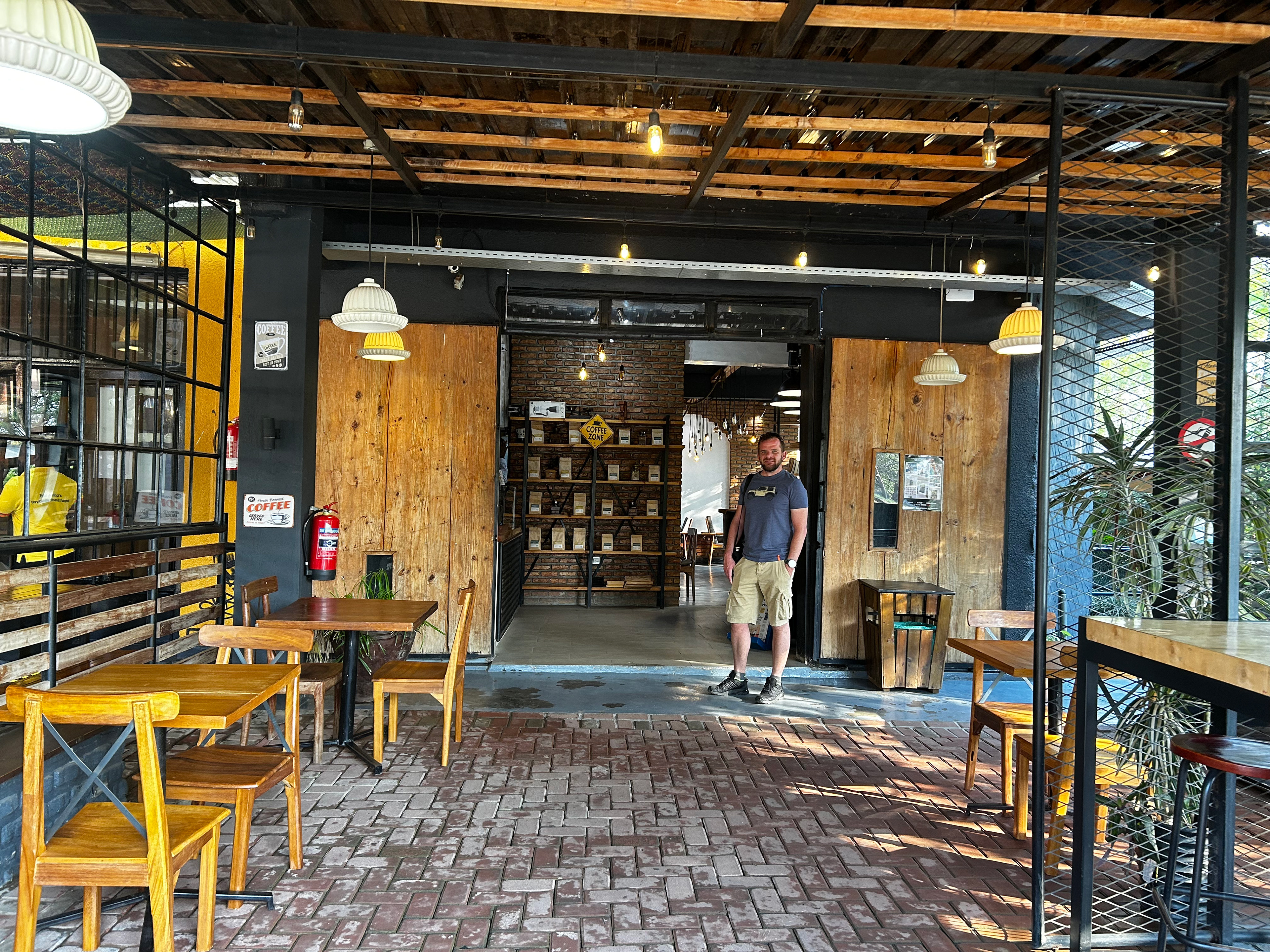
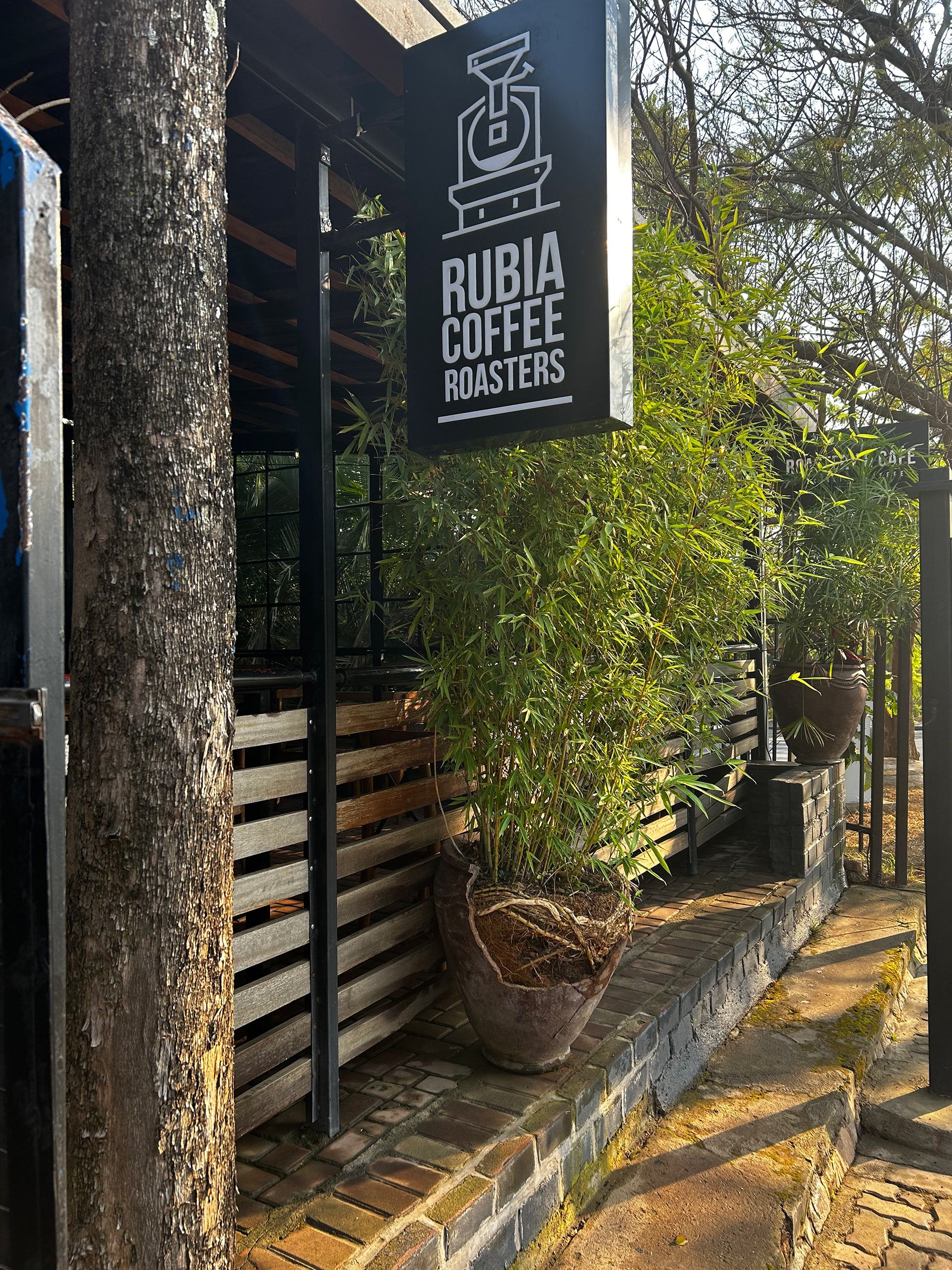

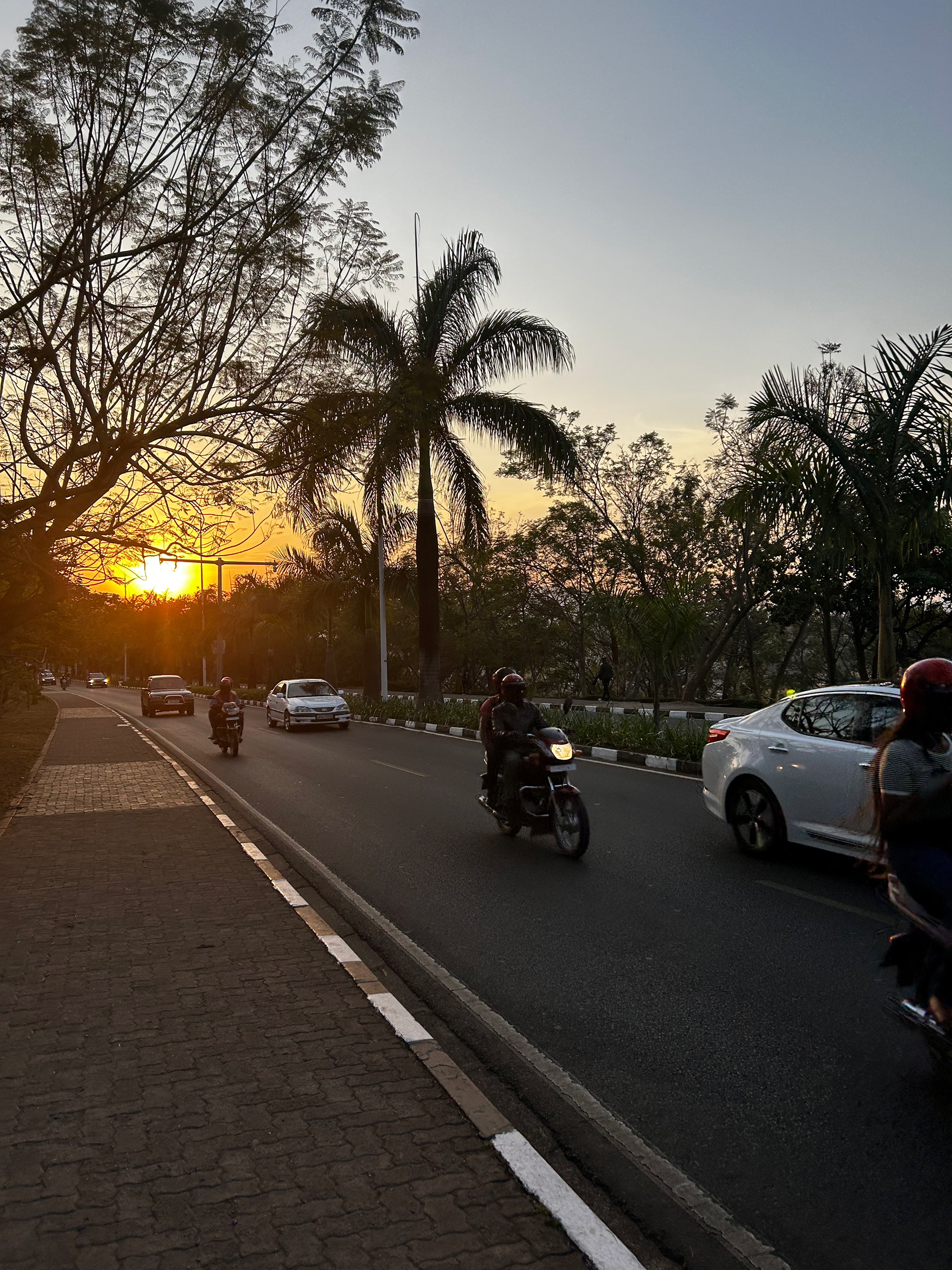
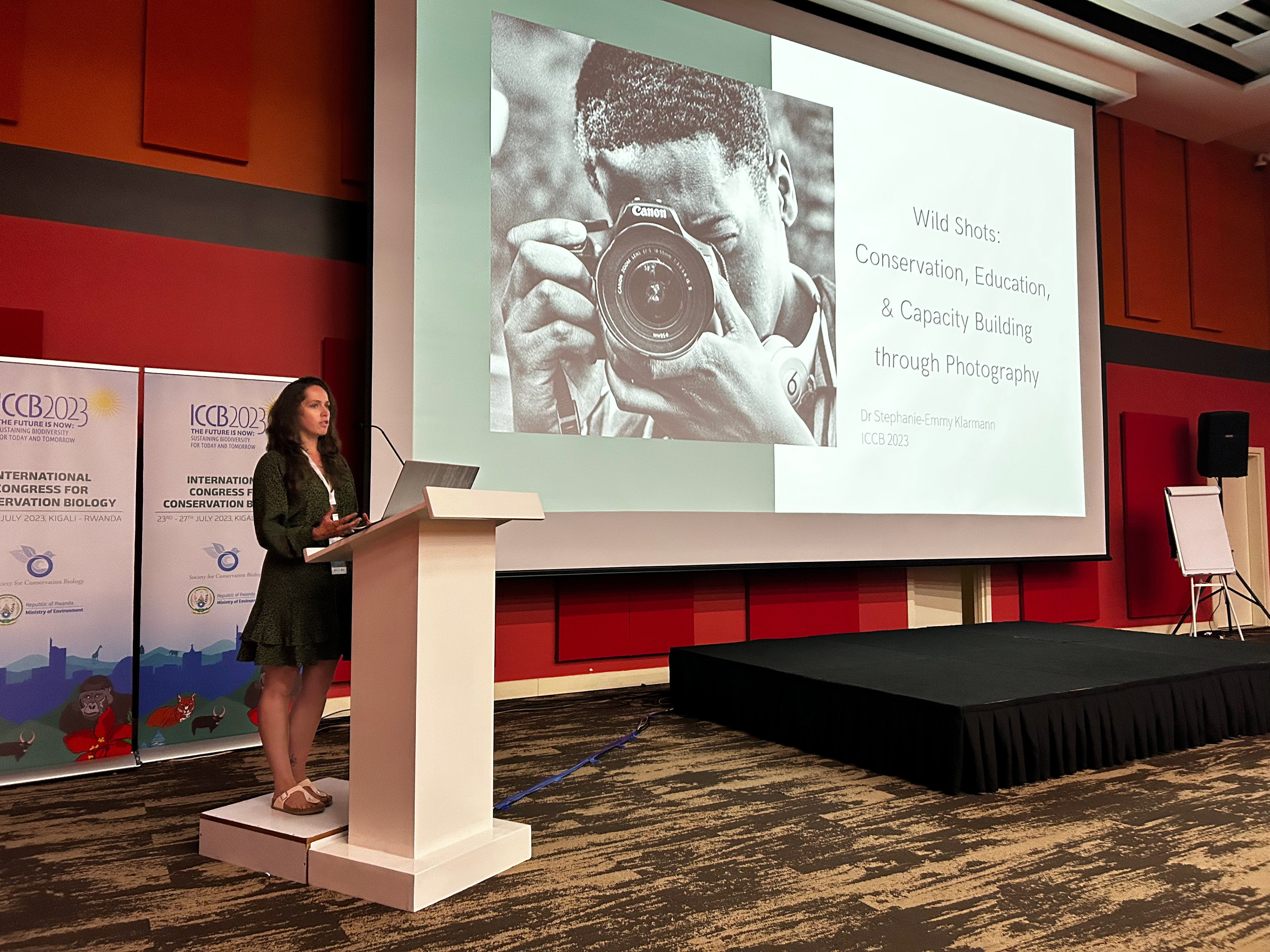
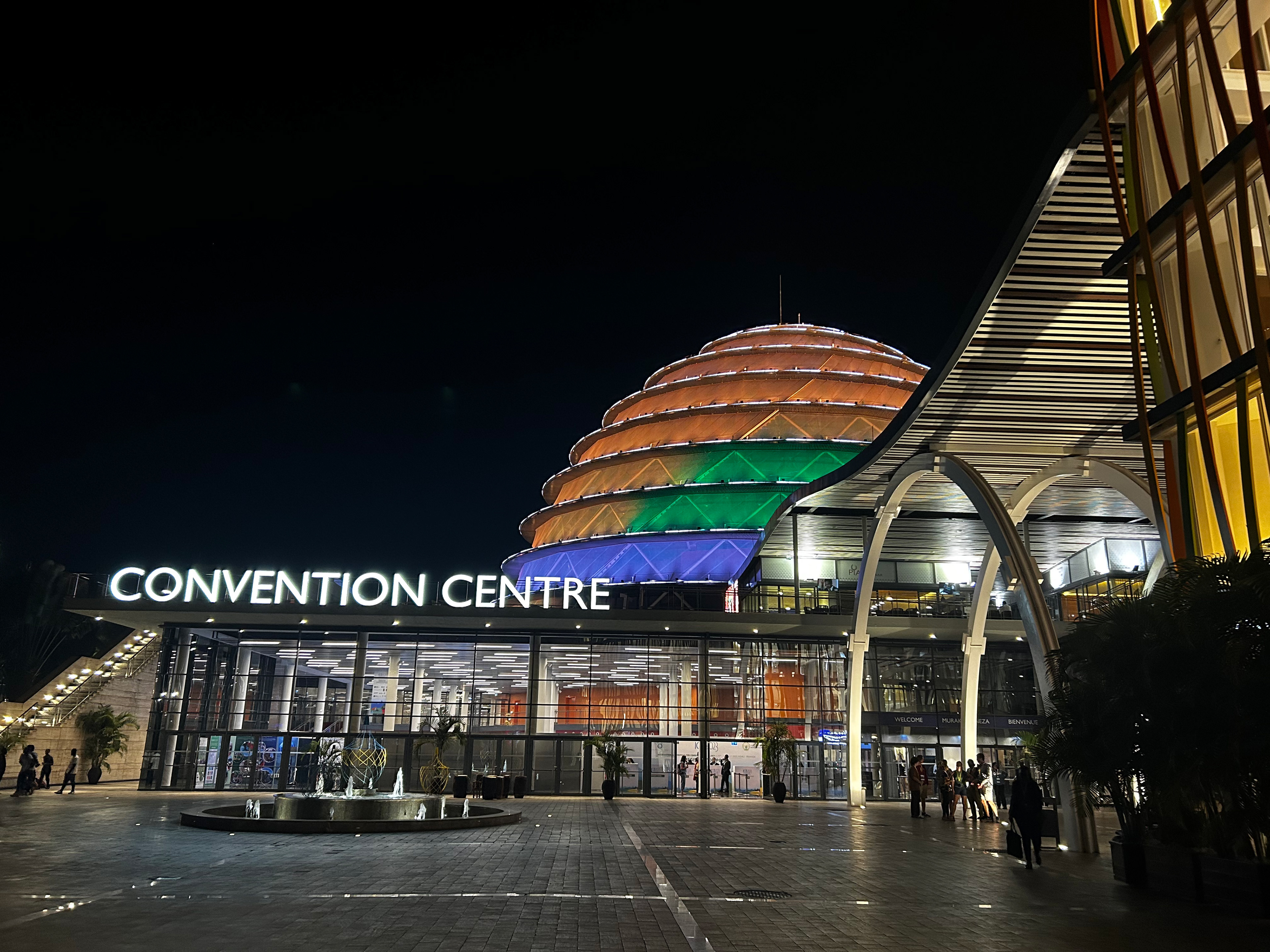
There are also two wetlands right in the city, Nyandungu Urban Wetland Eco-tourism Park and Umusambi Village. Both spots are a birders’ dream come true and offer stunning walks through the parks. In Umusambi Village there is a groundbreaking sanctuary that offers refuge for rescued grey crowned cranes confiscated from the illegal pet trade. The community initiative has seen some enormous successes in incorporating community-led conservation and protection of grey crowned cranes led by the incredible Dr. Olivier Nsengimana.
It’s abundantly clear that Rwanda is very conservation and community-minded. These wetlands are entirely geared towards providing the ultimate outdoor experience for visitors and locals to connect with nature. So many people were enjoying picnics, bike riding, and strolling around the wetlands. Pollution is also close to non-existent across the country with strict regulations around plastic bags and most spots only offering glass bottles of water. The abundance of green spaces throughout the city made it such a pleasure to walk around and enjoy lunches and coffee under the city’s trees. For someone who dislikes big cities, I felt so at home in Kigali.
After the ICCB conference, my husband and I made our way to Volcanoes National Park. We specifically chose to self-drive so that we could have the freedom to sightsee along the way and drive around Kinigi after the gorilla treks. We popped into the Volcanoes Park headquarters to chat with the guides the day before our hike. Seeing the volcanoes and knowing we had stepped foot inside a dream come true, tears started to roll down my cheeks. I couldn’t believe that were finally here. We took a walk around the site for Kwita Izina, Rwanda’s dedicated spot for the annual gorilla naming ceremonies. The woven structures are absolutely enormous and so beautiful, a real testament to the country’s dedication to gorilla conservation and incorporating local traditions.

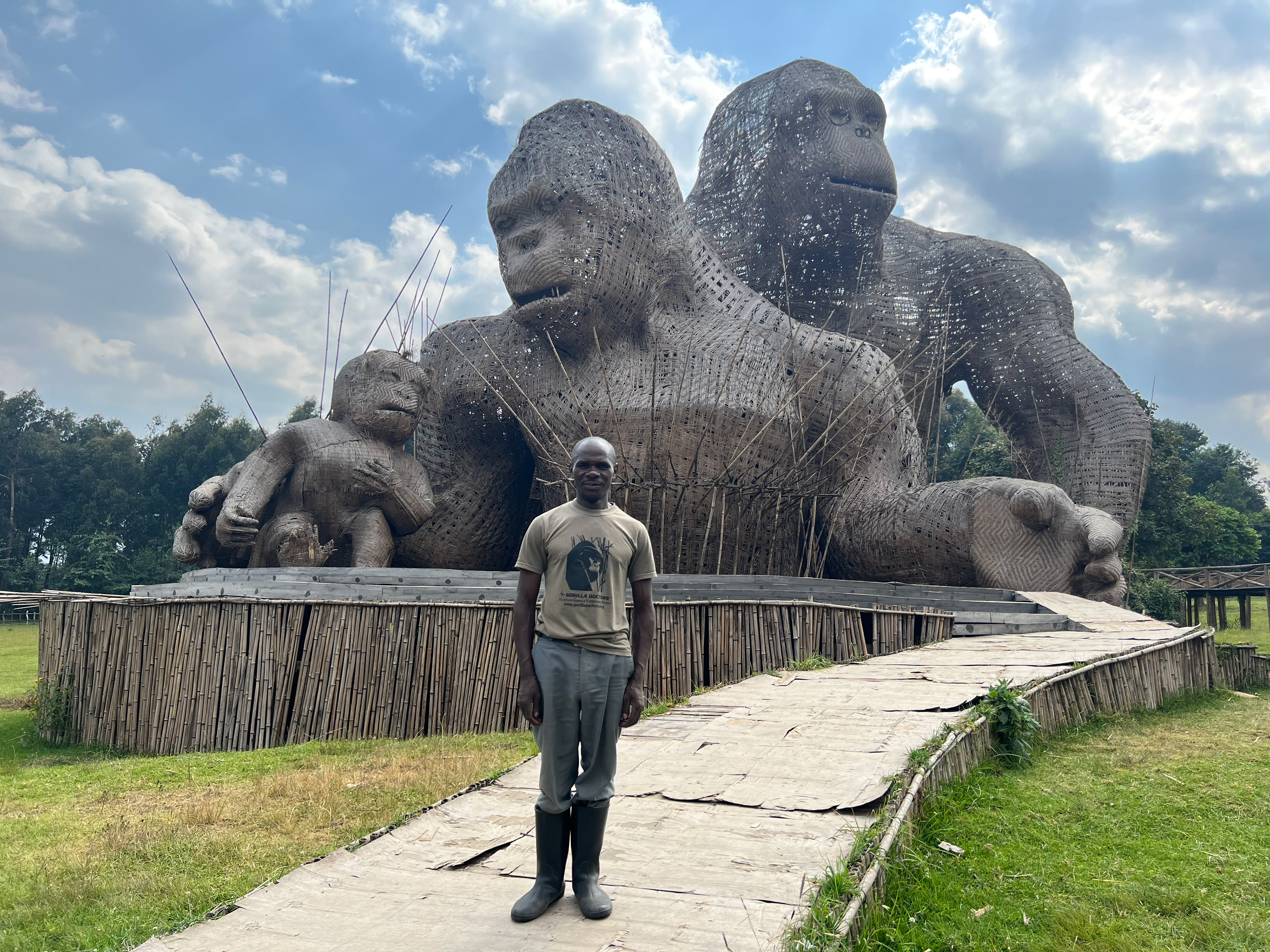

An aerial photograph of the Volcanoes region was shared during the conference portraying a clear division between forest and villages. The photograph demonstrated the desperate need for community-based conservation that accounts for the wellbeing of everyone, animals and people. This is no easy task, but one that conservationists and the Rwandan government are clearly working hard to achieve.
During our time in Kinigi we visited the Red Rocks Art Centre where Ken, the founder, teaches young people how to create art. The income generated from their art is directed back into the young people’s education, be it uniform, school materials, or education fees. The centre also supports local produce including women’s woven goods and other creative products. Ken’s vision is to help young people and the local communities generate income from tourism activity, which all boils back down to conserving the local biodiversity. I had the loveliest privilege of receiving an impromptu lesson in painting and making bracelets from Tumaine and Asifiwe. I loved spending the afternoon with the boys and learning from them.
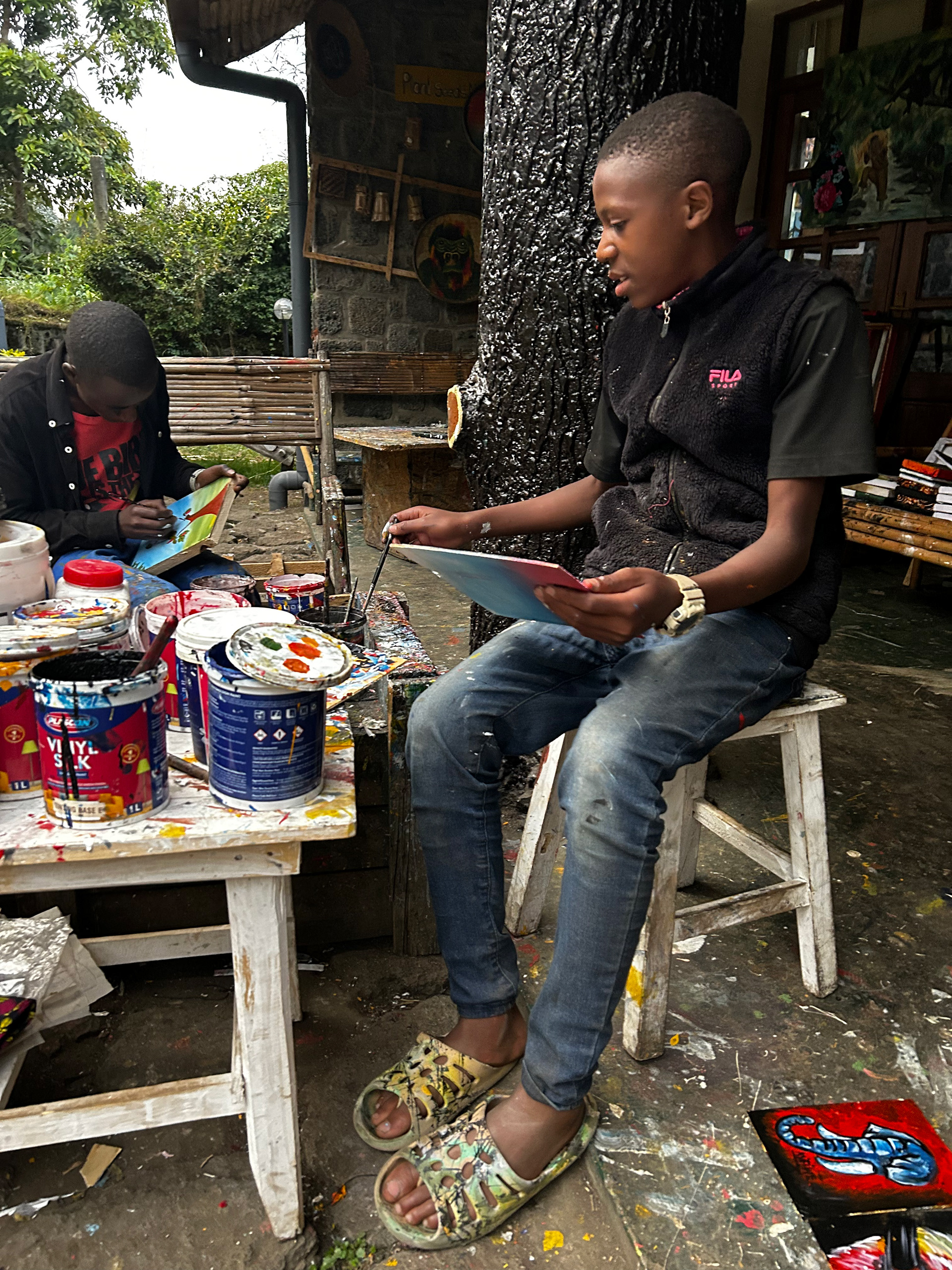
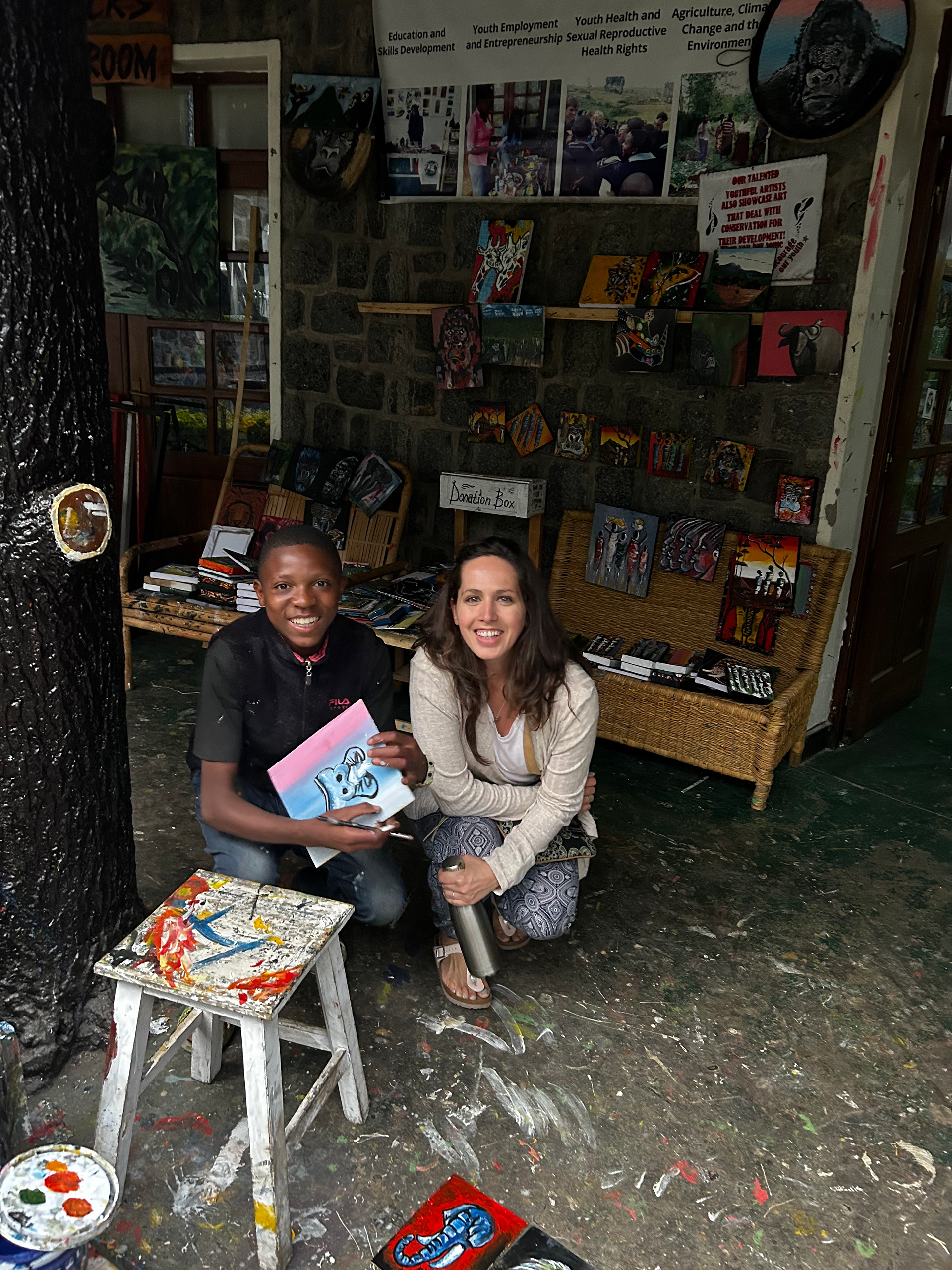
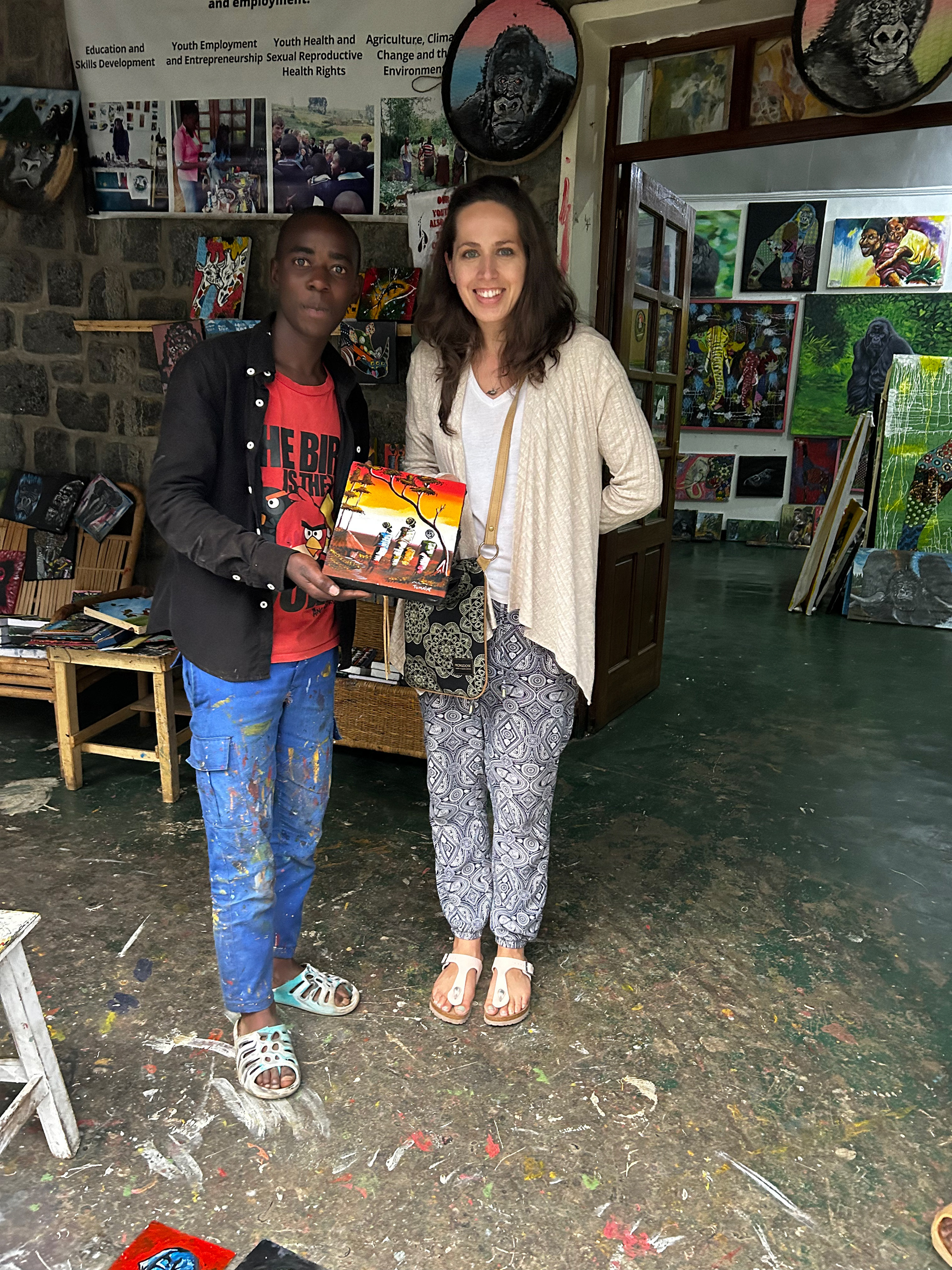

And then, of course, the gorilla treks. Since South Africans can use Rwanda’s discounted trekking permit for African citizens, we chose to do two treks. During the first trek we encountered the Kwisanga gorilla family. We didn’t even need to trek very far since the family were feeding close to the village at Mount Sabyinyo. The first sighting of the family’s silverback was nothing short of breathtaking. One of the youngsters tumbled past us and we pinched ourselves to make sure we were actually seeing this. The hour we spent with the family moved so slowly, really allowing us to soak up this magical experience. Francis, our guide, led us away at the end of the hour and we all trekked back down in silence, quietly revelling in the sheer joy of the encounter.
The second trek the next day took us much further out of Kinigi. We drove almost two hours out of the village on some tough dirt roads. Eventually we arrived at Mount Karisimbi and trekked another two or so hours up a steep incline. This time we were guided by Mr D, another veteran of gorilla guiding. He had a lovely quietness and softness about him, particularly around the gorillas, and I could feel his admiration for the animals exude in their presence. It’s hard to imagine that the previous day could be topped, but our second trek was unforgettable. We encountered the Igisha family, an enormous group of about 35 gorillas.
Our first encounter was with a youngster who cartwheeled down the slope, just like a gleeful child. Further down, the remainder of the family rested in the flattened vegetation. When you’re amongst 35 individuals it is near impossible to know where to look first. We were literally surrounded and everywhere we looked we could see gorillas gently grooming, playfully wrestling, and resting in the dappled light. That hour could have stretched on for a lifetime and I would not have grown bored or restless.
Leaving Kinigi and the rest of Rwanda to return home was emotional. In so many ways I had left a piece of my heart there. The country as a whole has suffered enormous trauma and yet they have made significant strides in reparation and building a country dedicated to progress. I could make it home in a heartbeat.


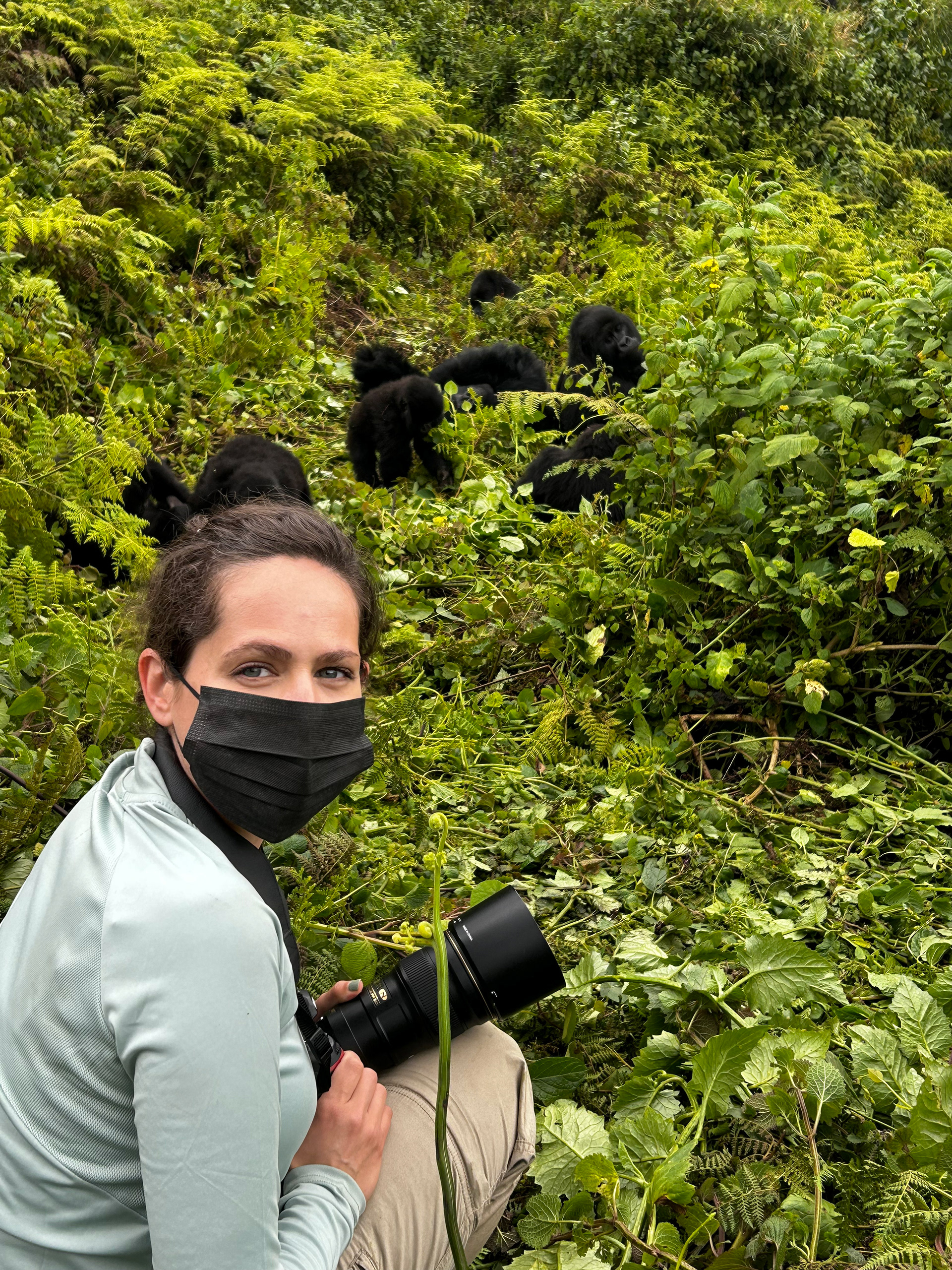
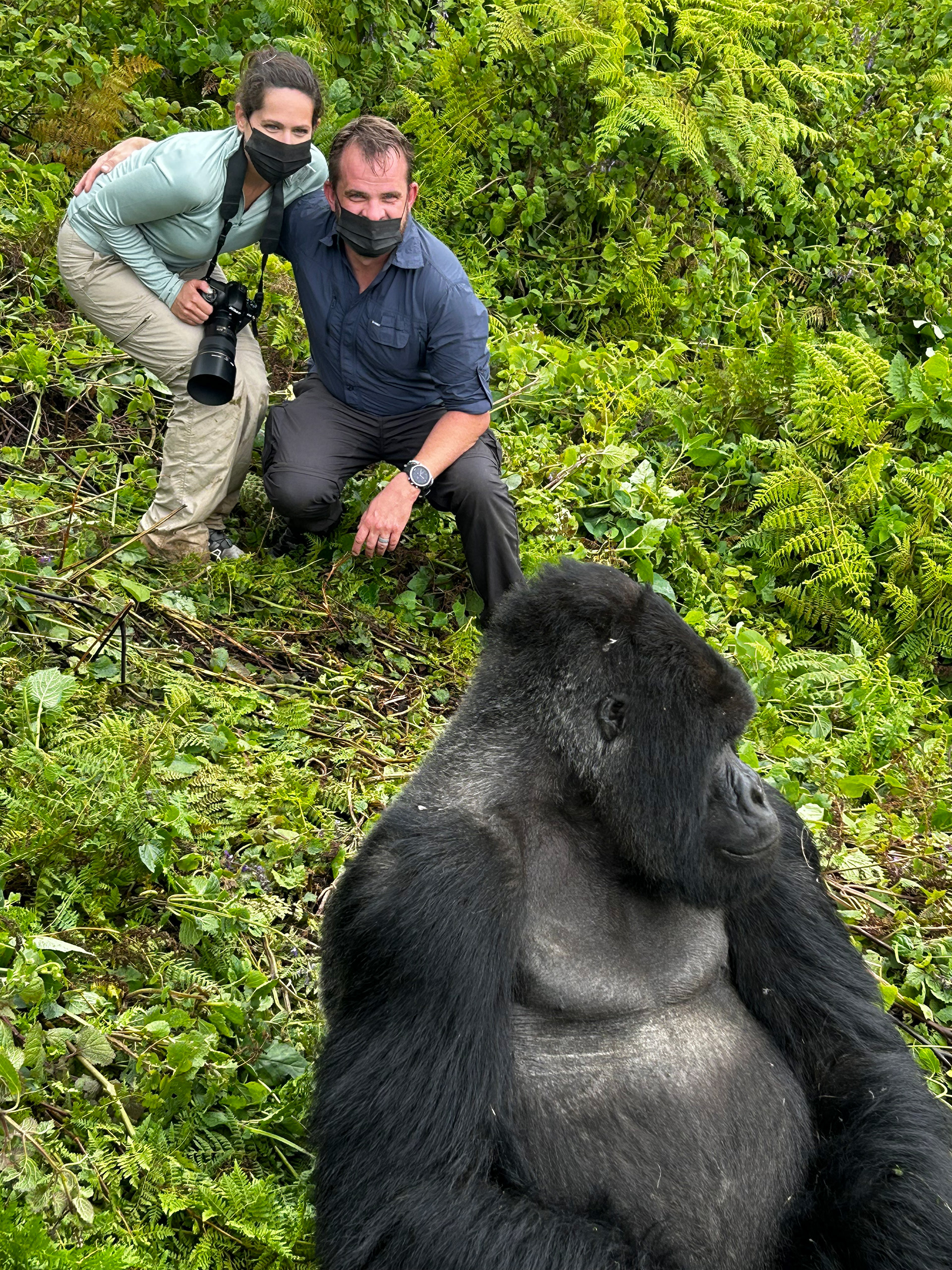

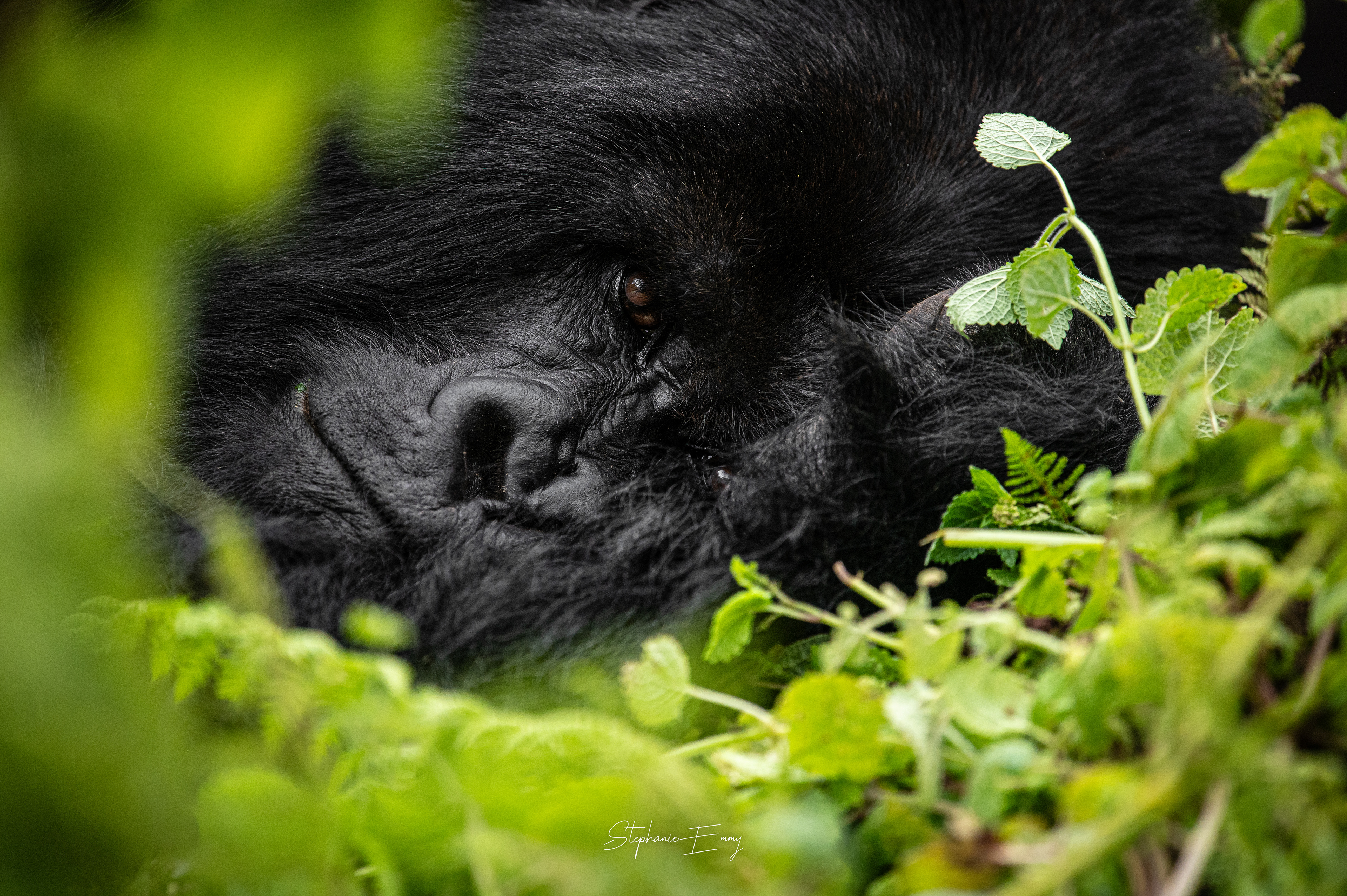

View more on our Instagram account, the video below, or in my wildlife gallery!







